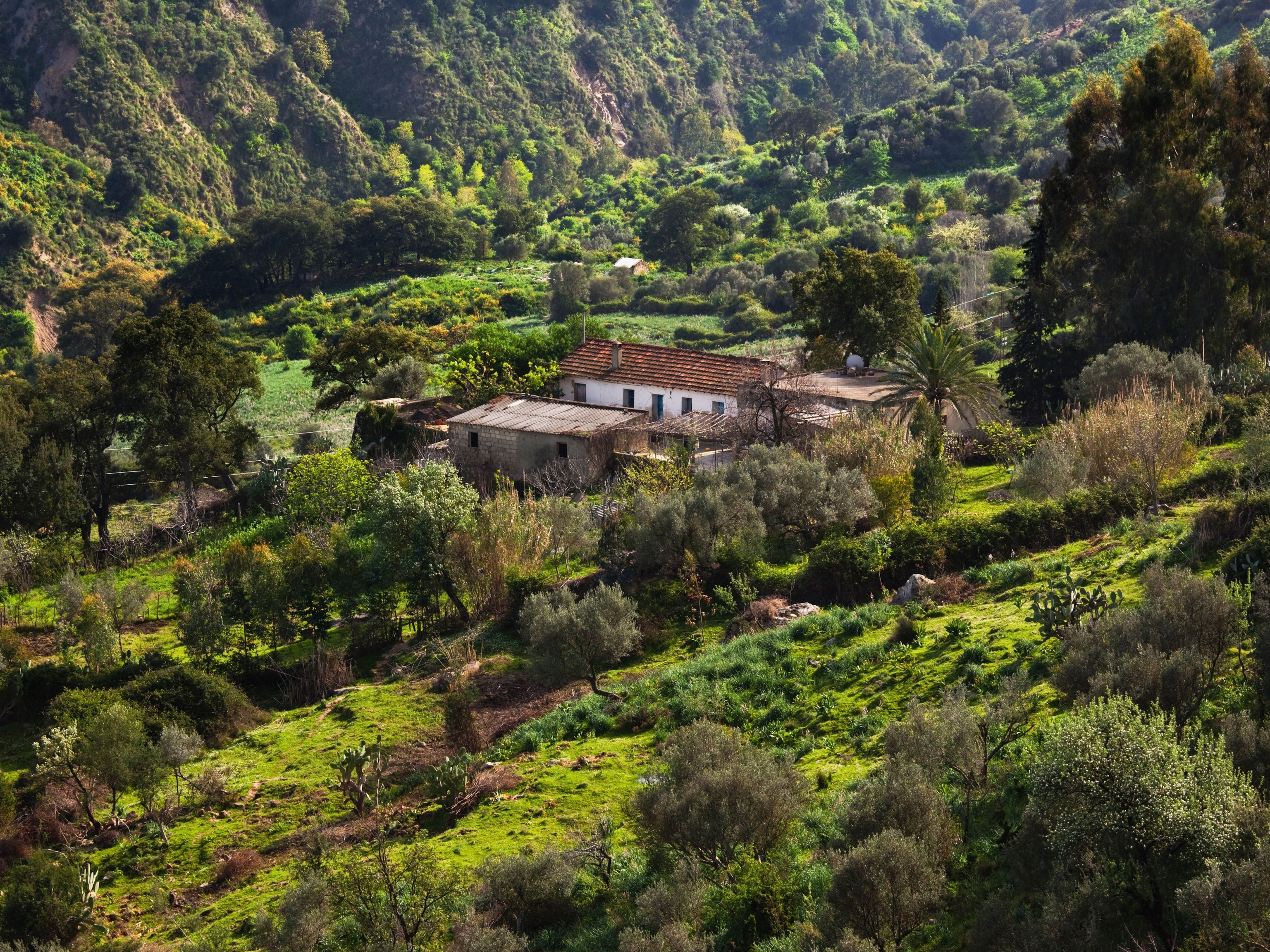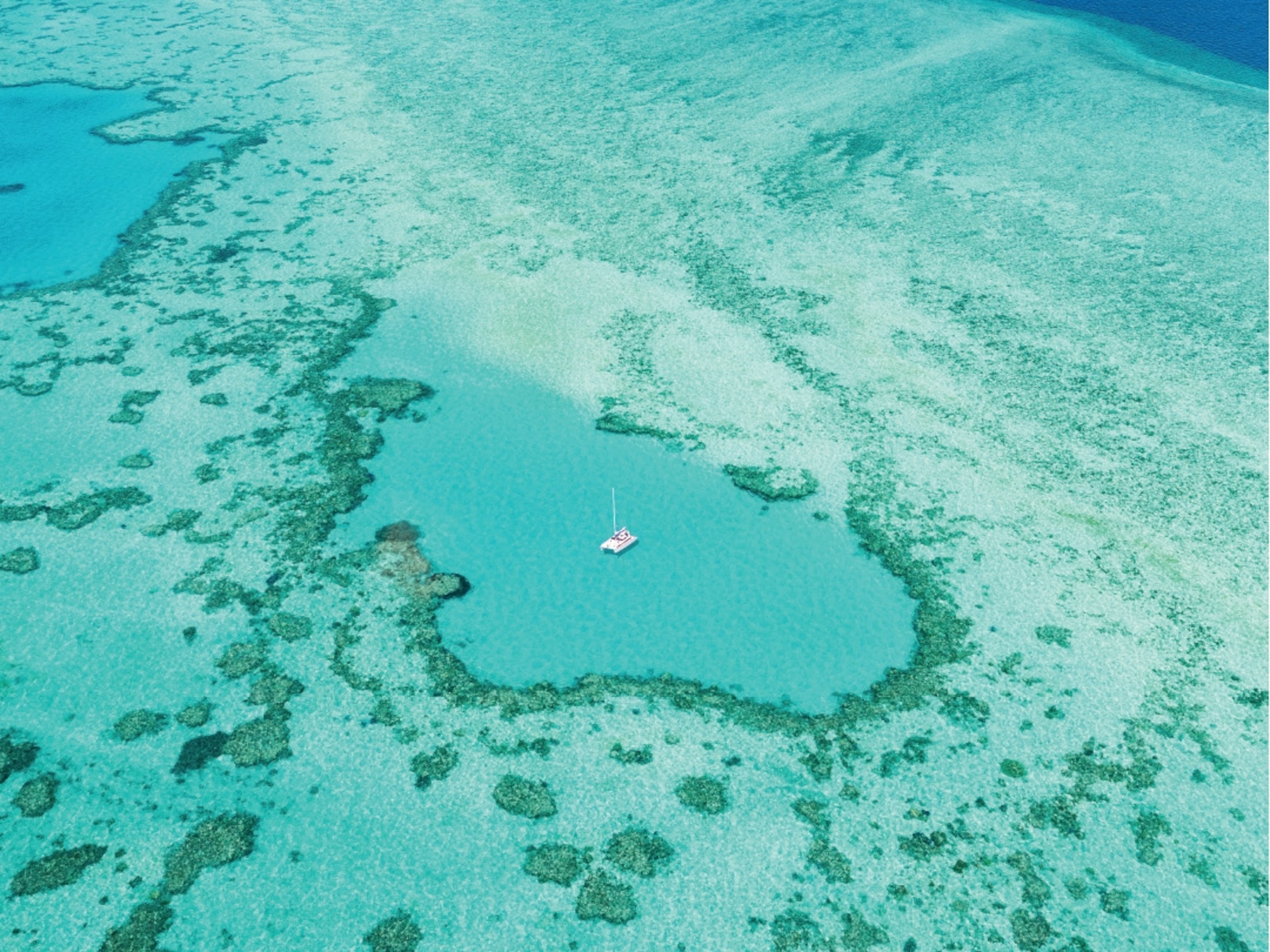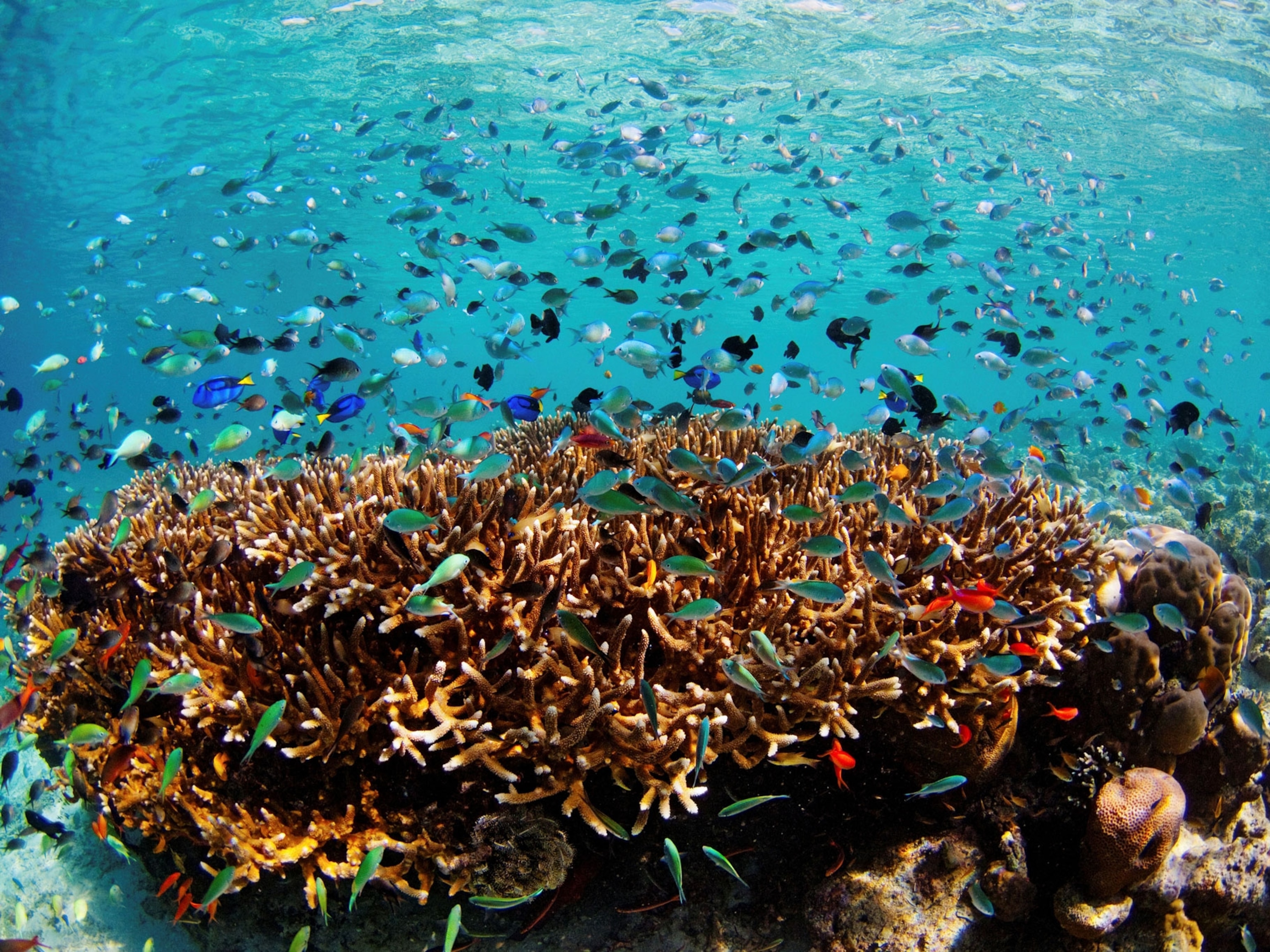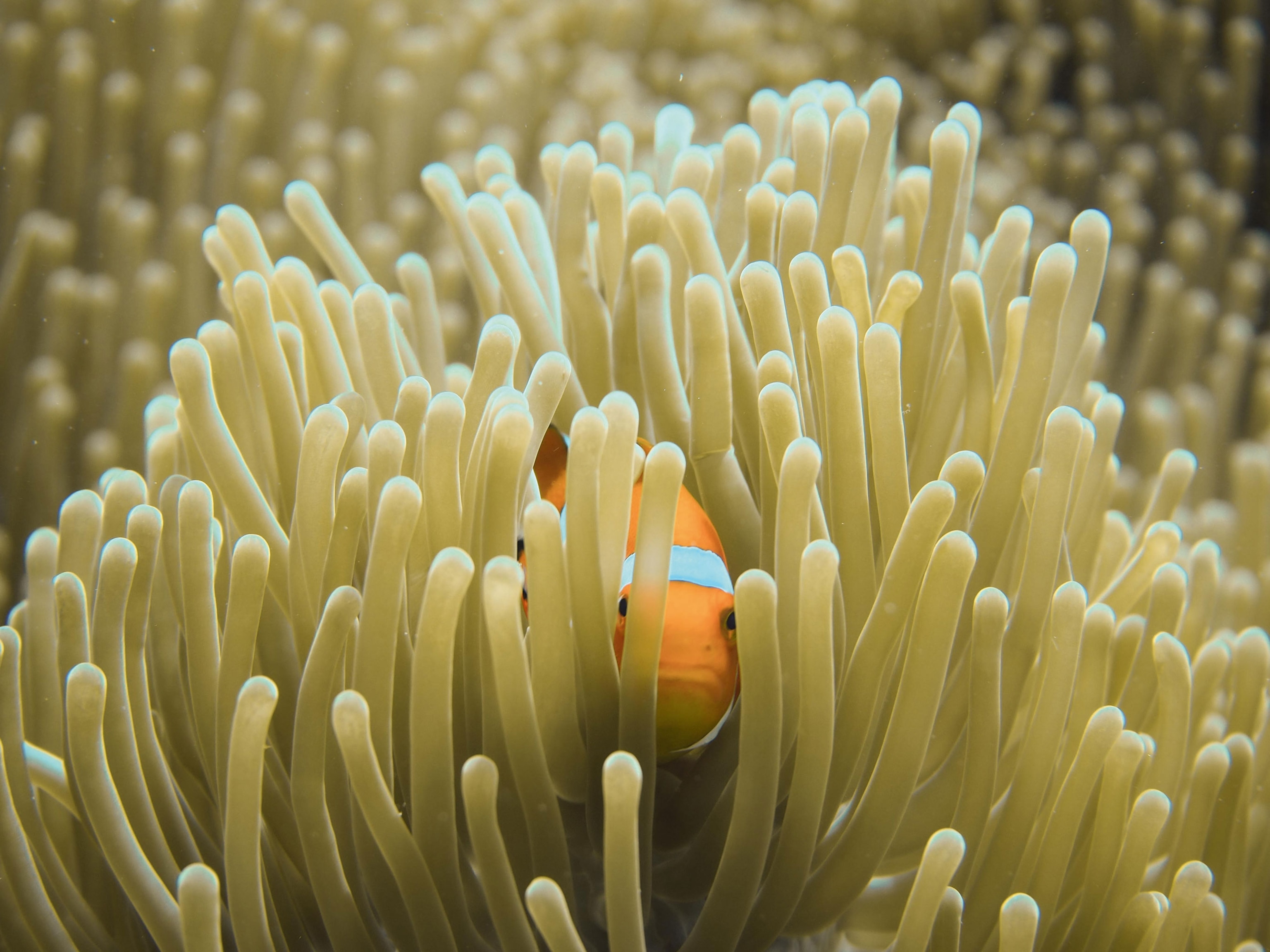
How travellers can join marine scientists predicting the future in Mozambique
In Mozambique’s Bazaruto Archipelago, amid the undulating sand dunes, guests can join scientists trying to predict the future.
It’s a stormy morning in the Bazaruto Archipelago, a constellation of five coral-fringed islands in the turquoise waters just off the coast of southern Mozambique, between the mainland and Madagascar. From our ship’s deck, I watch wind-sculpted dunes gleam silver on the horizon as triangle-sailed dhows glide past, their wooden bellies full of freshly caught fish. The water’s so clear that meadows of seagrass are visible on the ocean floor beneath my feet; occasionally, a green turtle pops its head above the surface, gulping down the warm, humid air.
As Mozambique’s first marine national park, the archipelago is a haven for five types of turtles, from leatherbacks to olive ridleys, as well as over 150 species of bird and four types of dolphin. It’s also known for its flocks of flamingos, and as one of the last strongholds of the dugong, the sea cow-like creatures thought to have inspired tales of mermaids.
While there’s no doubt the scenery and sheer abundance of wildlife is spectacular, my fellow passengers are more interested in something else — their eyes are fixed on a monitor above the helm. On it, a small symbol of a ship shows our position in the Mozambique Channel, and with every yard we move, it judders a squiggly, rainbow-hued line in its wake. There are ‘oohs’ and ‘wows’. The excitement is palpable. To my untrained eye, there’s little reason for it, but to the scientists aboard, that squiggly line might just hold the key to predicting the future of the archipelago’s vibrant but fragile ecosystem. The ship is a research vessel operated by the Bazaruto Center for Scientific Studies (BCSS). Africa’s first permanent ocean observatory was founded in 2017 by Swiss entrepreneur Nina Flohr as a crash pad and laboratory for PhD students, research divers and scientists who can use the facilities for weeks-long stints around the archipelago. It’s housed in a small village of breezy, thatched-roofed dwellings on Benguerra Island’s northern shore.
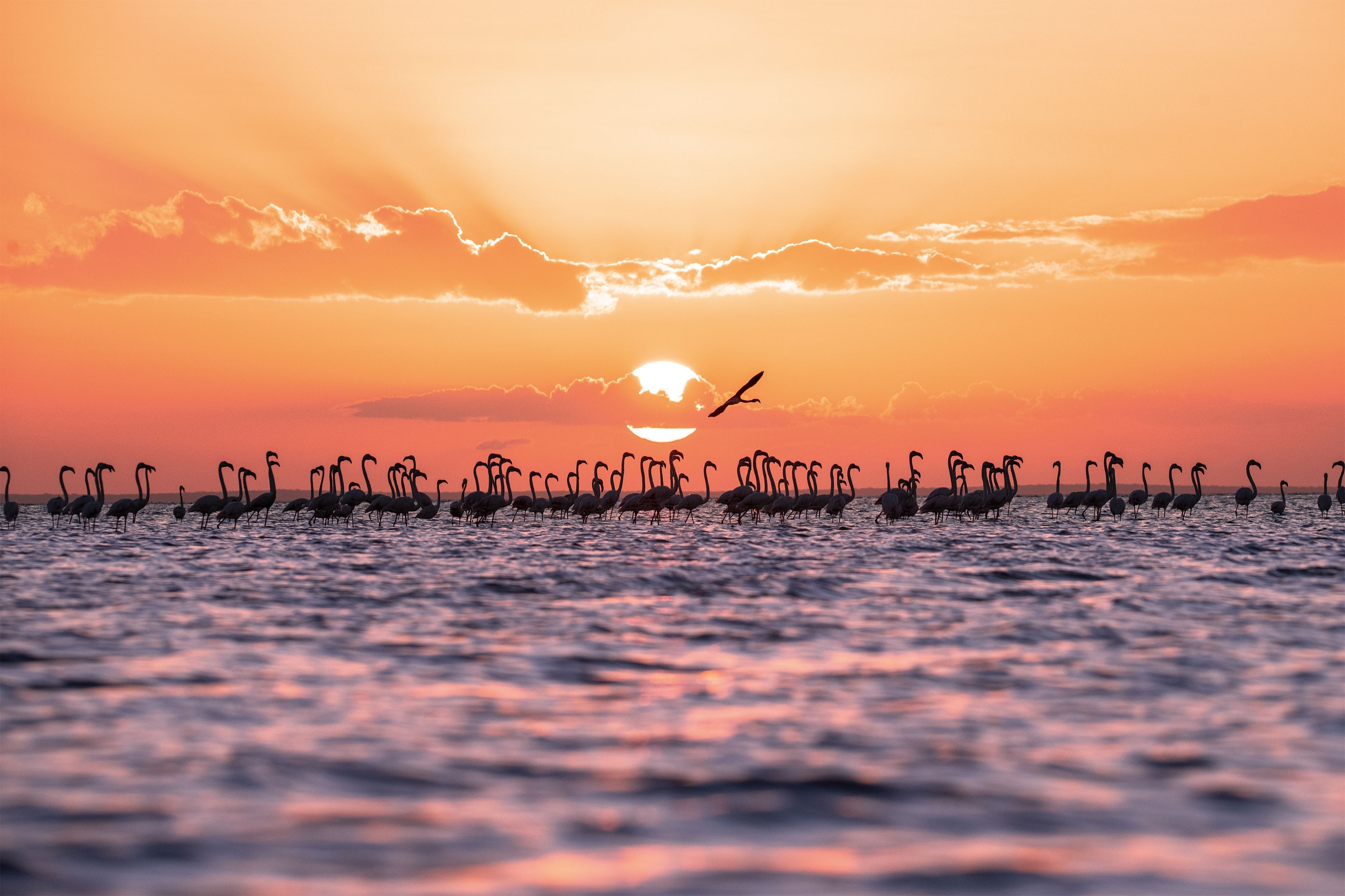
For guests of Kisawa, the splashy beach resort that Nina opened in 2021 on Benguerra’s dune-hemmed southern tip, the centre offers the rare opportunity to see this idyllic island setting through the eyes of some of the world’s brightest minds in oceanic research. Depending on the scientists in residence, guests can tag along on trips to observe dugongs, humpback whales and reef-dwelling shark species. Or, in my case, an expedition led by visiting reef ecologist Shirley Parker-Nance, a chirpy South African who, armed with a Tupperware box full of waterproof GoPro cameras, has sailed us out to index a patch of previously unmapped seabed off the coast of Bazaruto Island.
On the boat’s screen, the pixellated trail ranges from bright orange to dark blue, indicating the depth of the ocean below; the warmer the colour, the shallower the sea. I hear gasps of delight when the 3D rendering depicts an underwater cliff that plunges to a depth of 65ft just steps away from the beach. Without this, you’d never know it was there — all I can see is a shore dotted with rocks that look like chunks of honeycomb. Even though Bazaruto’s fishermen have probably known about this drop-off for generations, it’s an exciting discovery for us.
“People live off the sea here, so the local knowledge runs deep,” says Shirley. She explains how her systematic indexing efforts, which she’ll repeat during her annual visits to BCSS, will help her track changes to the numbers of fish and biodiversity in the wider region. “Because these countries share the same coast, what happens in Mozambique can tell us a lot about what might happen in South Africa,” she says. “As water temperatures rise, we expect species to move habitats. But how? And which ones will be able to survive? That’s what we ask ourselves.”
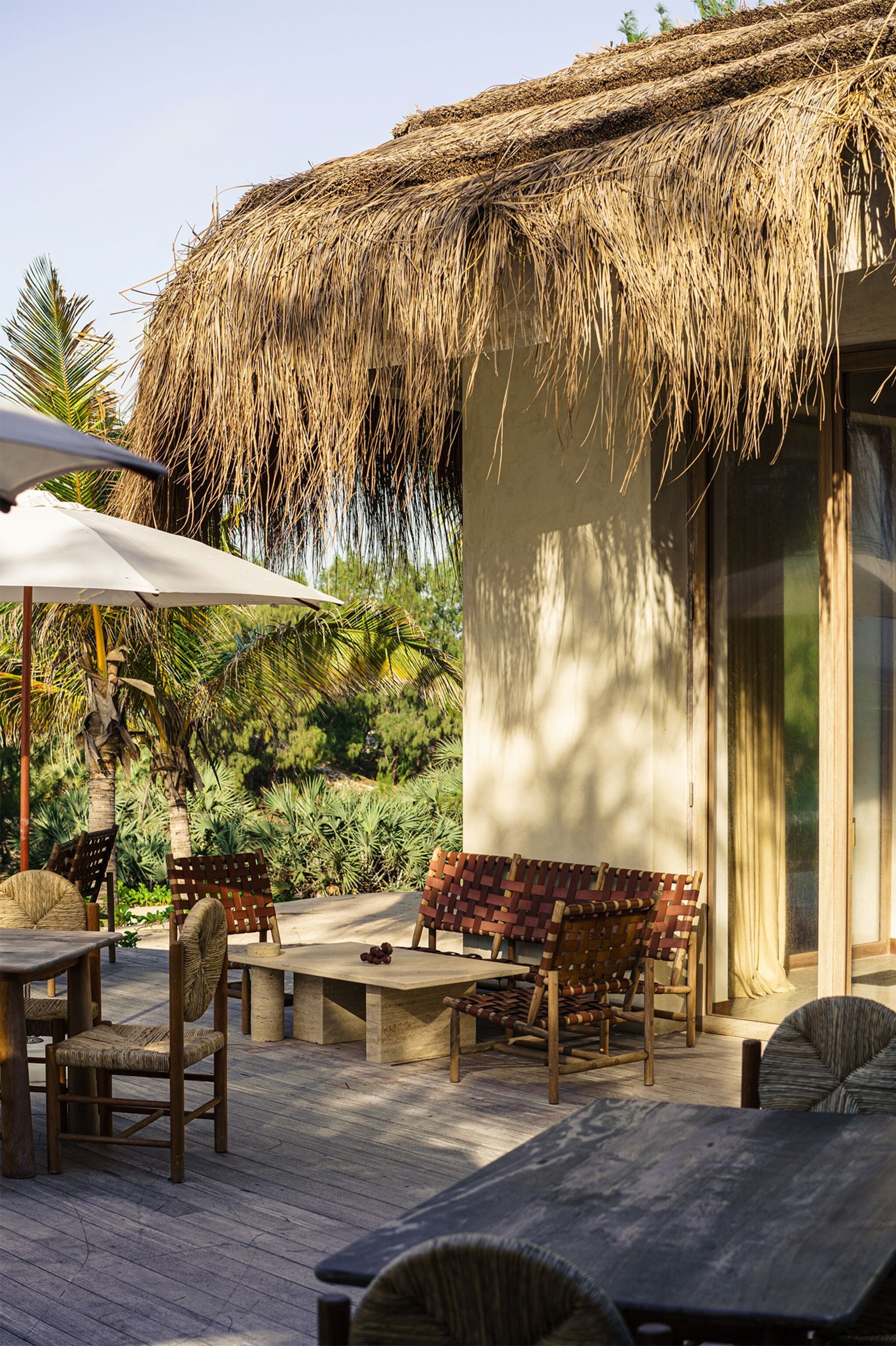
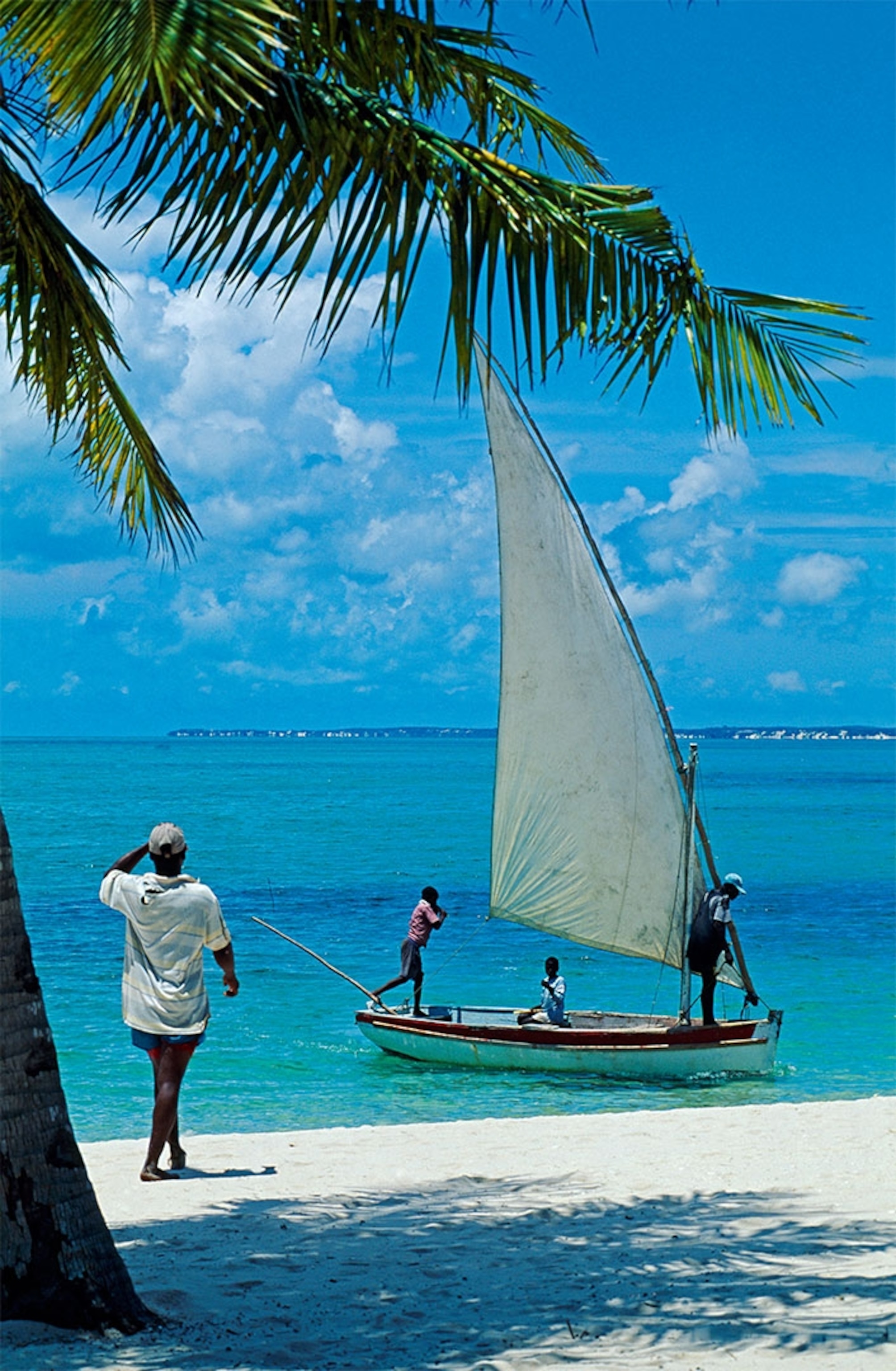
Beyond the sea
Back on land, I meet BCSS’s chief scientist Mario Lebrato. In his bamboo-walled office, he shows me a map of a reef he indexed earlier. Not only does the symbiotic partnership with Kisawa help fund research, the centre’s high-tech tools also open a whole new world of diving and snorkelling for Kisawa’s guests. The ocean-mapping efforts — which, because of the high costs involved, are rarely conducted in such detail elsewhere — give them the chance to become more familiar with the intricacies of the reefs before they dive in, and help them map out routes around particular points of interest. “It’s the first time such technology has been used by a dive centre,” says Mario.
On the drive back to Kisawa, our 4WD bouncing, I watch kaleidoscopic capulana sarongs swaying in the warm breeze as they dry on laundry lines. At Kisawa, I’m staying in one of the 11 villas with a majeka roof (a local thatch) perched on a dune, from where the ocean unfurls like a watercolour painting. Inside, there’s a collection of mid-century modern pieces and antiques shipped in from Tanzania and Cameroon. There’s also a separate pavilion with a cocktail station and private infinity pool. I hop between the pool and the sprawling spa, where I watch chihuahua-sized suni antelopes darting in and out of the jungle. On walks along the nearby beaches, where footprints are few, I meet excited local children fishing for squid at dusk.
In the resort’s main restaurant, a row of hand-painted staff portraits by UK artist Frances Costelloe line the wall above the fireplace. Among them is the face of Querino Huo, the resort’s activity manager, who tells me about the fast pace of change on the island over the years. “Growing up, fishermen caught lots of fish and could live well,” he says, his braided hair poking out from beneath his brown cap. “These days, overfishing has made things more difficult — people now rely on tourism for their income.” While remote resorts such as Kisawa all inevitably leave a mark on their otherwise pristine environments, it shows how they can reduce their impact, and go some way towards helping the communities that call them home.
Both British Airways and Virgin Atlantic fly daily from Heathrow to Johannesburg in South Africa.
Average flight time: 10.5h
From here, the Bazaruto Archipelago’s closest airport is Vilanculos, just across the water on mainland Mozambique. There are daily connections from Johannesburg via South African airline Airlink.
Average flight time: 1.5h
From Vilanculos, Benguerra Island can be reached via helicopter (average flight time 10mins; £390 per person) or via boat transfer (price upon request). Once on the island, it’s possible to explore on foot.
When to go
With balmy weather and little chance of rain, the dry season between May and November is the best time to visit this corner of Mozambique, when average temperatures hover around 25C. Temperatures rise above 30C between December and January, while February to April sees an increased chance of hurricanes and heavy downpours.
Where to stay
Kisawa Sanctuary. Doubles from £4,350, full board.
How to do it
Scott Dunn has seven nights at Kisawa Sanctuary from £21,520 per person, all-inclusive, based on two sharing, including flights from the UK, selected activities and private helicopter transfers.
More information
visitmozambique.net
bcssmz.org
Mozambique: the Bradt Travel Guide RRP: £19.99
To subscribe to National Geographic Traveller (UK) magazine click here. (Available in select countries only).



